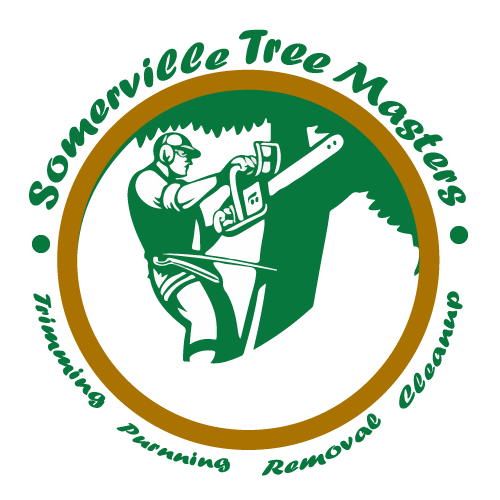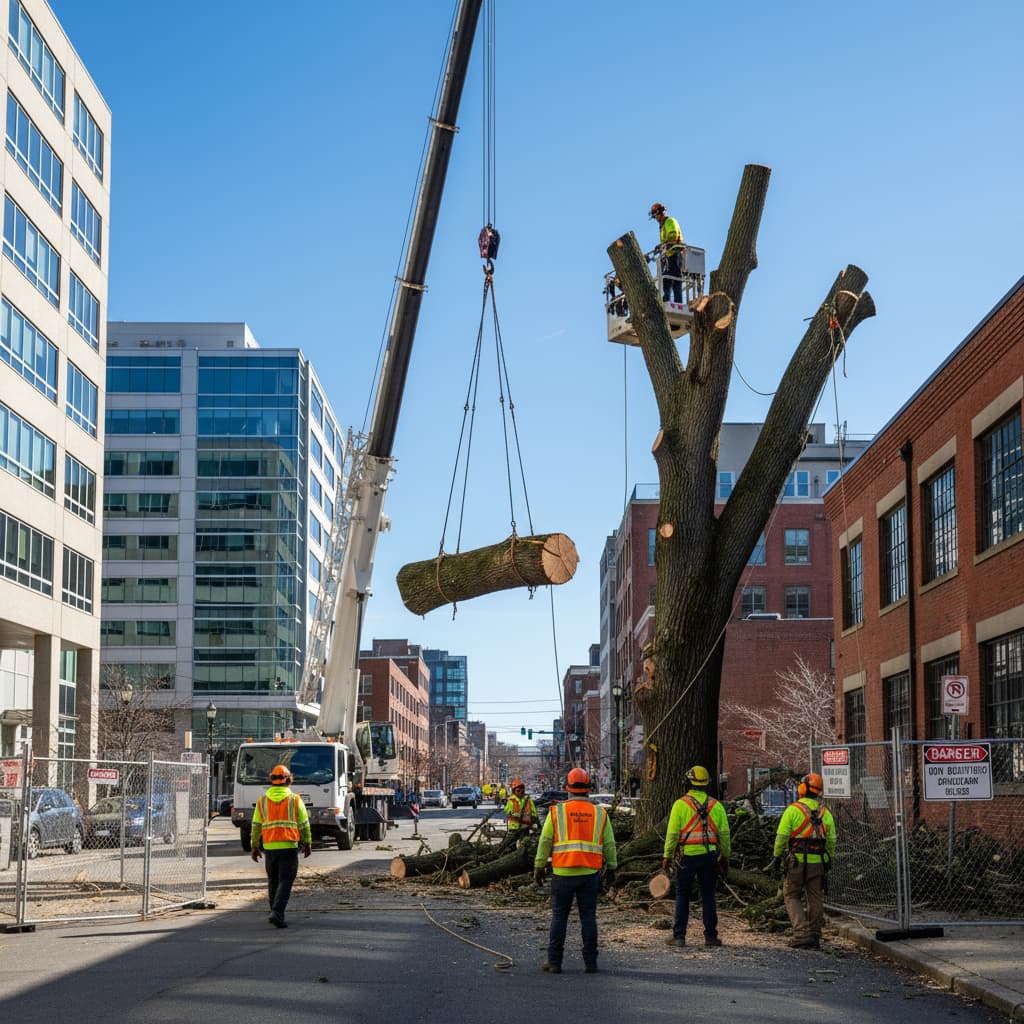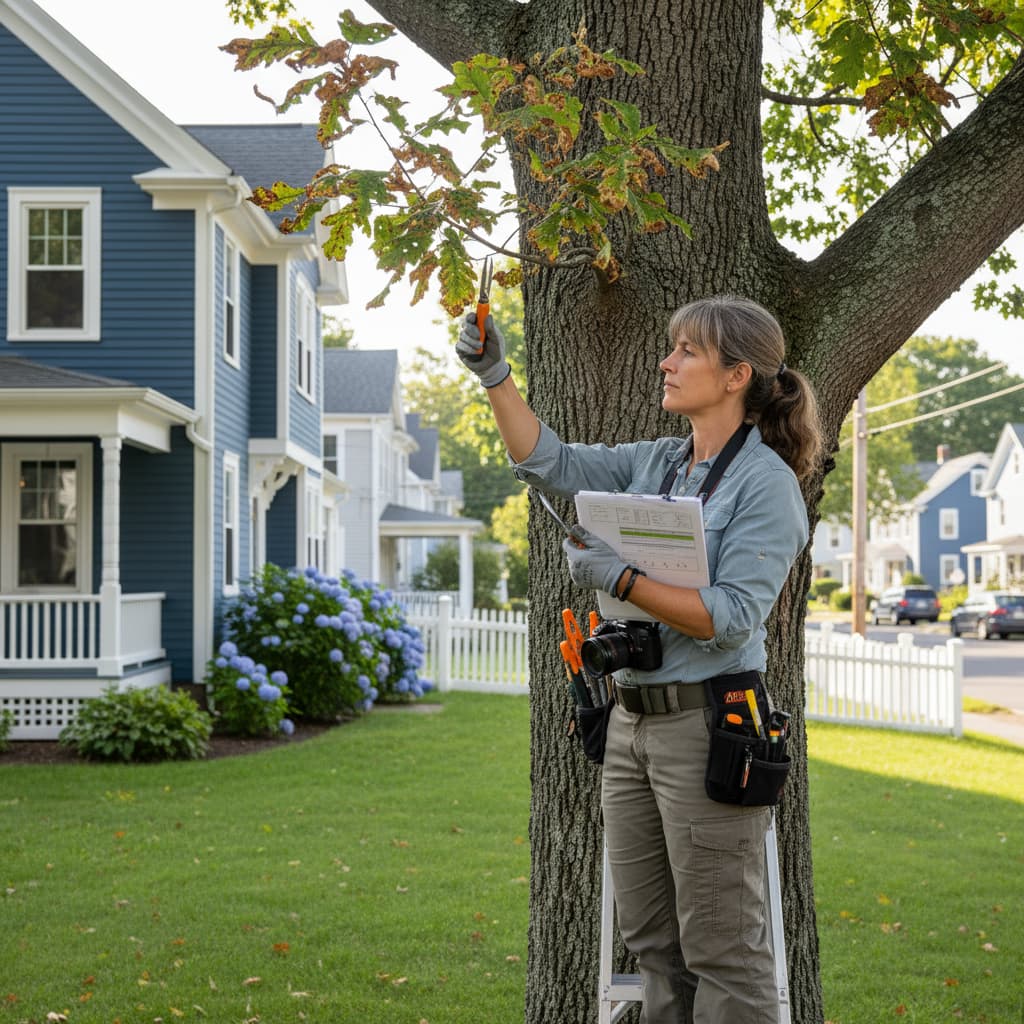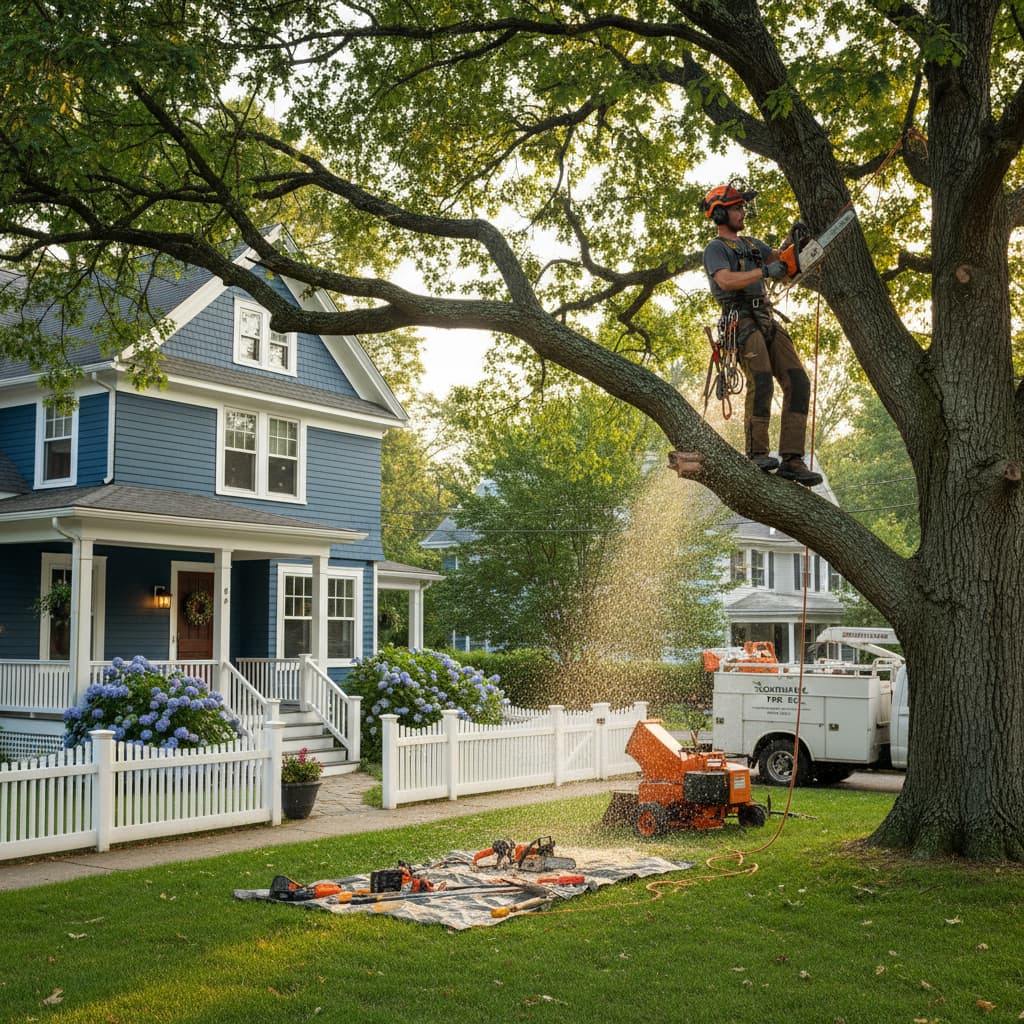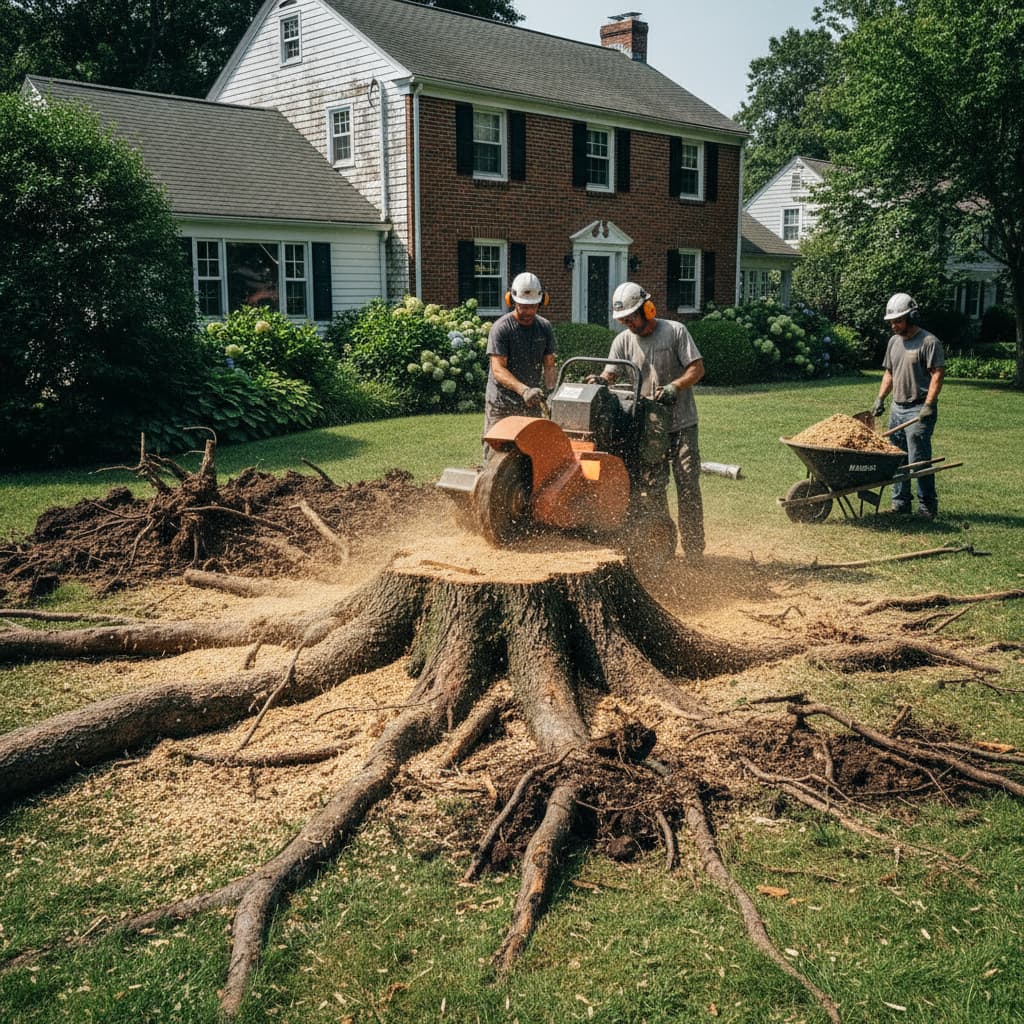Tree Planting in Somerville: Choosing Storm-Resistant Species
Tree Planting Somerville
Strategic tree planting in Somerville, Massachusetts, requires careful consideration of species that can withstand New England’s increasingly severe weather patterns. From the historic neighborhoods around Davis Square to the modern developments near Assembly Row, selecting storm-resistant trees ensures long-term success and community safety. Professional tree planting services understand local conditions and can guide property owners toward species that thrive in urban environments while providing resilience against extreme weather events.
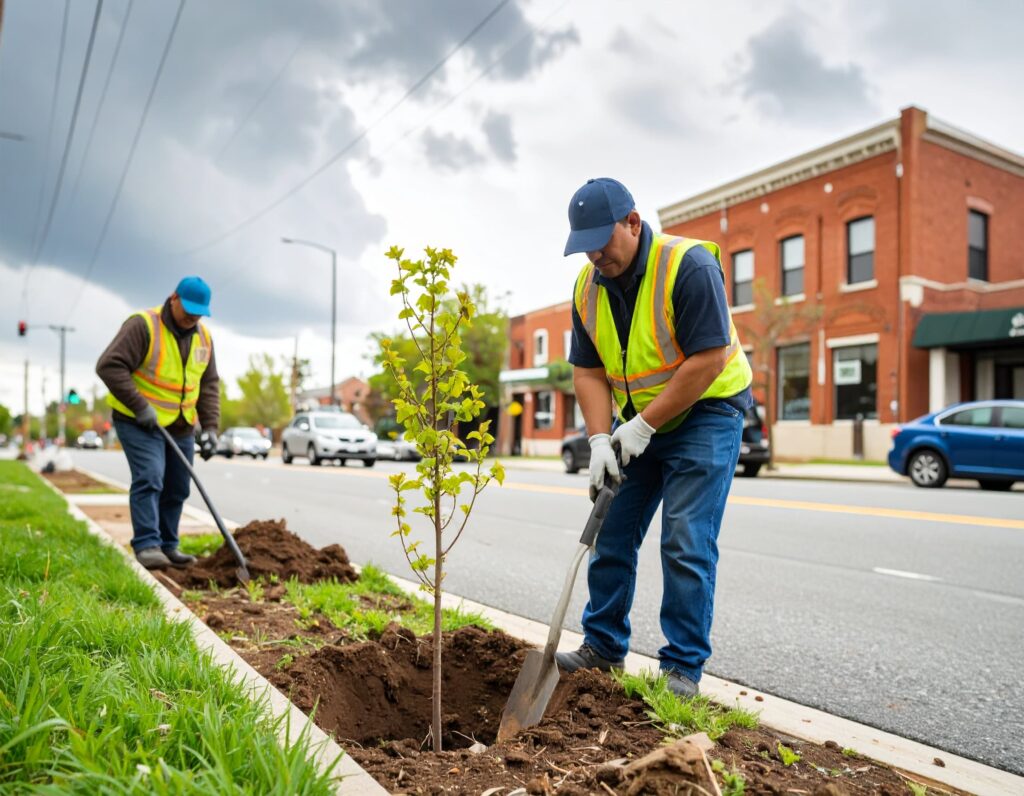
Understanding Somerville’s Storm Challenges
New England’s changing climate brings more frequent and intense storm events that test urban trees’ resilience. Ice storms, nor’easters, and severe thunderstorms with high winds pose significant threats to improperly selected or planted trees throughout Somerville’s neighborhoods.
Urban environments around Tufts University and the bustling areas near Porter Square present additional challenges, including limited root space, soil compaction, salt exposure from winter road treatments, and heat island effects. Successful tree planting requires species selection that addresses both natural weather extremes and urban stressors.
Climate Change Impacts on Tree Selection
Massachusetts climate projections indicate warmer temperatures, longer growing seasons, and more extreme precipitation events. Tree planting strategies must account for these changing conditions by selecting species that can adapt to future climate scenarios while providing immediate storm resistance.
Traditional New England species may struggle with increased heat and drought stress, while some southern species may become more viable options. Professional tree planting guidance helps navigate these evolving conditions to ensure long-term canopy success.
Somerville’s Native Plant Ordinance and Tree Planting
Somerville’s groundbreaking Native Plant Ordinance establishes specific requirements for tree planting on city-owned property, promoting native species that evolved to withstand local environmental conditions. This first-of-its-kind legislation requires native species to constitute specific percentages of new plantings depending on the location type.
The ordinance defines native plants and trees as those with origins in North America east of the Mississippi River, acknowledging that local native species typically demonstrate superior adaptation to regional weather patterns and environmental stresses. This approach supports both ecological health and storm resilience in urban tree planting projects.
Native Species Requirements by Location
City-owned land along the Community Path, Green Line Extension corridor, and riverfront areas must use 100 percent native species in new tree planting projects. These high-profile areas showcase Somerville’s commitment to ecological restoration while providing examples of successful native species implementation.
City parks require at least 75 percent native species in tree planting initiatives, while street trees and plantings in bioswales, plazas, and streetscapes must include at least 50 percent native species. These requirements reflect the practical challenges of urban tree planting while prioritizing ecological benefits.
Top Storm-Resistant Native Trees for Somerville
American sycamore provides excellent storm resistance with strong root systems and flexible branches that bend rather than break in high winds. This native species tolerates urban conditions, including road salt, poor drainage, and air pollution, while growing rapidly to provide substantial canopy coverage.
Black gum, also known as tupelo, offers exceptional storm resistance due to its strong wood and deep root system. This native tree provides stunning fall color and supports local wildlife while demonstrating remarkable resilience to wind damage and ice accumulation.
Oak Species for Long-term Resilience
White oak represents the gold standard for storm-resistant tree planting in Massachusetts. With deep taproots and strong branching structure, mature white oaks can withstand severe weather while providing century-long service to communities. Their acorns support local wildlife populations essential to healthy ecosystems.
Scarlet oak offers faster growth than white oak while maintaining good storm resistance and adapting well to urban conditions. This species provides brilliant fall color and tolerates drought conditions that may become more common with climate change.
Wind-Resistant Tree Architecture
Successful storm-resistant tree planting focuses on species with specific architectural characteristics that help them survive high winds. Trees with flexible branches, strong wood, and well-distributed canopies perform better during severe weather events than rigid or top-heavy species.
Deep root systems provide crucial anchorage during storms, while species that naturally develop reaction wood can better withstand persistent winds. Professional tree planting services understand these characteristics and can recommend species appropriate for specific locations and exposure levels.
Branch Structure and Storm Survival
Trees with wide branch angles and gradual taper from trunk to tips demonstrate superior storm resistance. Species that naturally develop codominant leaders or narrow branch angles are more susceptible to wind damage and splitting during severe weather.
Regular branching patterns without included bark create stronger connections that resist failure under wind loads. Tree planting selection should prioritize species known for developing good branch architecture naturally, reducing long-term maintenance requirements.
Avoiding Storm-Prone Species
Bradford pear trees, though popular for their spring flowers, demonstrate notorious weakness in storms due to their upright branching pattern and brittle wood. These non-native trees frequently split during ice storms and high winds, creating hazardous conditions and expensive cleanup requirements.
Silver maple, while native to parts of North America, shows poor storm resistance due to weak wood and rapid growth that creates structural defects. Tree planting projects should avoid this species in favor of more resilient alternatives like red maple or sugar maple.
Invasive Species to Avoid
Tree-of-heaven not only poses ecological threats as an invasive species but also demonstrates poor storm resistance and can become hazardous during severe weather. Professional tree planting services help property owners identify and avoid invasive species that may cause long-term problems.
Norway maple, while not as aggressively invasive as tree-of-heaven, competes with native species and shows moderate storm susceptibility. Native alternatives like sugar maple or red maple provide superior ecological benefits with comparable or better storm resistance.
Urban-Adapted Storm-Resistant Options
London plane tree offers excellent urban tolerance and moderate storm resistance, making it suitable for challenging city conditions around Davis Square or Assembly Row. While not native, this hybrid species tolerates pollution, compacted soils, and limited root space while providing substantial shade.
Ginkgo trees demonstrate remarkable urban adaptability and good wind resistance due to their flexible branching structure. These ancient species tolerate harsh urban conditions and resist most pests and diseases, though property owners should select male trees to avoid messy fruit production.
Evergreen Options for Year-Round Protection
Eastern red cedar provides excellent storm resistance and year-round screening while adapting well to urban conditions. This native evergreen tolerates drought, poor soils, and wind exposure while providing habitat for local wildlife populations.
White pine, while susceptible to branch breakage in ice storms, offers good wind resistance when properly maintained. Regular pruning to remove dead branches and thin dense areas can improve this native species’ storm performance significantly.
Tree Planting Techniques for Storm Resistance
Proper tree planting technique significantly influences long-term storm resistance regardless of species selection. Deep, wide planting holes allow root systems to establish quickly and provide better anchorage during severe weather events.
Avoiding root girdling during tree planting ensures proper root development that supports storm resistance. Professional installation techniques include proper soil preparation, appropriate planting depth, and initial structural pruning that promotes strong branch development.
Site Selection and Preparation
Choosing appropriate planting sites considers wind exposure, drainage, and proximity to infrastructure that could be damaged by falling trees. Professional tree planting services evaluate these factors to match species with suitable locations for long-term success.
Soil amendments and proper drainage improve tree establishment and root development, contributing to better storm resistance over time. Urban soils often require enhancement to support healthy tree growth and the development of strong root systems.
Maintenance for Storm Resilience
Regular tree care significantly impacts storm resistance regardless of initial species selection. Professional pruning removes dead branches, improves structure, and reduces wind resistance by thinning dense canopies appropriately.
Young tree training through proper pruning establishes a strong branch structure that improves storm resistance throughout the tree’s life. This investment in early care prevents more expensive problems and reduces storm damage risks over time.
Ongoing Health Management
Healthy trees demonstrate better storm resistance than stressed specimens, making regular health monitoring an important aspect of storm preparedness. Professional tree care services can identify and address health issues before they compromise structural integrity.
Watering during drought periods, appropriate fertilization, and pest management all contribute to tree health that translates to better storm survival. These practices are especially important during the establishment period following tree planting.
Planning for Climate Resilience
Future-focused tree planting considers species that will thrive under projected climate conditions while maintaining storm resistance. This approach balances immediate needs with long-term adaptability as weather patterns continue changing.
Diversifying species selection reduces risks from species-specific pests or tree diseases while providing varied storm resistance characteristics. Professional tree planting services recommend species mixtures that provide redundancy and resilience across different weather scenarios.
Community Canopy Benefits
Storm-resistant tree planting contributes to broader community resilience by maintaining canopy cover that provides cooling, stormwater management, and air quality benefits even after severe weather events. These benefits prove especially valuable in dense urban areas like Somerville.
Strategic tree planting creates interconnected green infrastructure that supports both ecological health and community safety. Professional guidance ensures individual planting decisions contribute to broader urban forest goals and climate adaptation strategies.
Successful tree planting in Somerville requires balancing storm resistance, ecological benefits, and urban adaptability. Somerville Tree Masters provides the expertise necessary to select appropriate species, ensure proper installation, and establish maintenance programs that support long-term canopy resilience in a changing climate.
